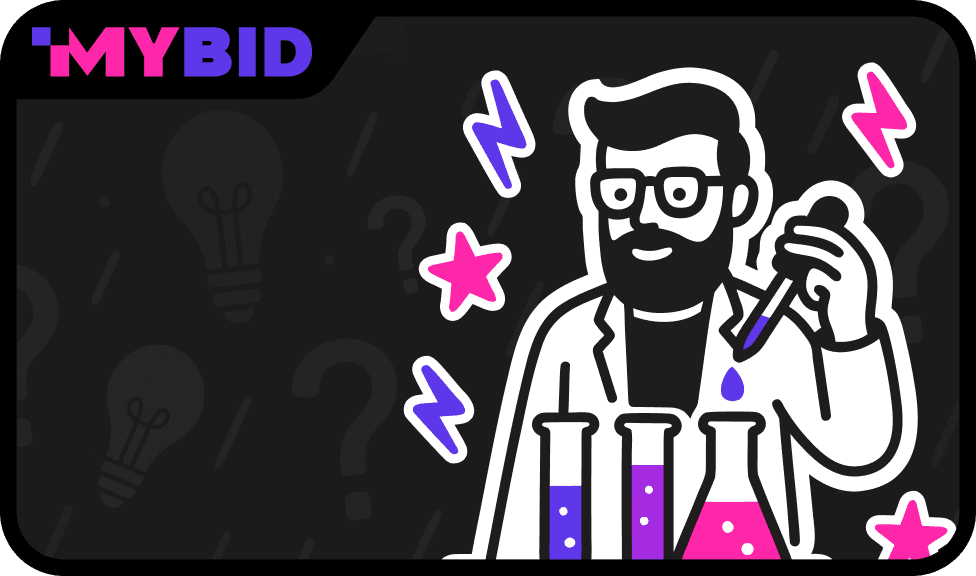
Offer testing in traffic arbitrage is a practical discipline: it protects budget and shows whether a campaign is scalable. A test verifies a specific hypothesis about a bundle consisting of an offer, creative, landing/prelanding, targeting, bid and tracking. The aim is to find the conditions under which the bundle is profitable.

A test validates a hypothesis about the full funnel, not only the payout. Creative performance (CTR) determines initial interest, the landing converts that interest into leads (CR), and metrics like eCPC and CPA determine economic viability. A working test explains which element of the bundle requires adjustment to reach your KPI targets.
Choose offers based on conditions as well as payout: allowed traffic, hold time, caps and payment terms. Shortlist two to four offers that fit your budget and expertise. For each offer define one to three audience segments; treat each segment as a separate hypothesis. Test each GEO separately — geography has a direct impact on CTR, CPC and conversion rates.
Write a clear hypothesis with target CTR, CR, acceptable eCPC and maximum CPA. Implement conversion tracking that captures the completion event (thank‑you page or equivalent) and any intermediate events if the funnel has multiple steps. Without reliable tracking, you cannot draw actionable conclusions.

Prepare two to five unique creatives, but run controlled changes. Alter one element per test — icon, headline, image/video or CTA — and measure the impact on CTR and downstream conversions. This method isolates which creative component drives clicks and which drives post‑click conversion.
If creatives generate clicks but there are no leads, the landing is the likely issue. Run A/B tests altering one section at a time: headline, form, trust elements, or page speed. Use a simple prelanding to warm cold traffic if needed, then move users to the main landing. Heatmaps and session recordings reveal user friction points.
Simple hypotheses with few variables (creative, landing, bid, single targeting layer) produce results faster and cheaper. Complex hypotheses involving prelanding, layered targeting, technical wrappers or multiple funnel steps require more time and budget. Plan the test duration and resources according to complexity.

For constrained budgets, apply a practical rule: allocate about 70% of the payout per creative for initial testing. A quick sanity check uses one offer, one landing, 2–3 creatives, a broad audience and a daily budget around 1.5× the lead price. After 20–60 minutes evaluate CTR and initial clicks: low CTR => creative problem; good CTR but no leads => landing/offer issue.
Avoid decisions on tiny samples. Aim to collect a baseline volume around 1.5–3× the cost per lead for each creative. Interpret CTR, CR, eCPC and CPA together: a high CTR with low CR signals a mismatch between creative and landing; good CR but high eCPC suggests adjusting bids or creative to lower cost per action.
When a bundle achieves stable KPI and positive economics, scale in increments (×1.5–2) and monitor eCPC and ROI closely. If cost per lead rises faster than revenue, pause scaling and run targeted tests to find bottlenecks. Continue iterative A/B tests on creatives and pages to sustain improvements.

Beginners often change multiple parameters at once, copy competitor creatives without adaptation, test too many offers with a small bankroll and rely on promises without verifying data. Avoid these mistakes by testing one variable at a time, documenting hypotheses and prioritizing budget on the most promising bundles.
Ensure conversion tracking is live; shortlist 2–4 offers; prepare 2–5 unique creatives and 1–2 landings; define audience segments; calculate test budget (~0.7× payout per creative) and record KPI targets in the hypothesis.
Offer testing is a disciplined, data‑driven cycle: plan hypotheses, test one change at a time, track CTR, CR, eCPC and CPA, and scale only proven bundles.